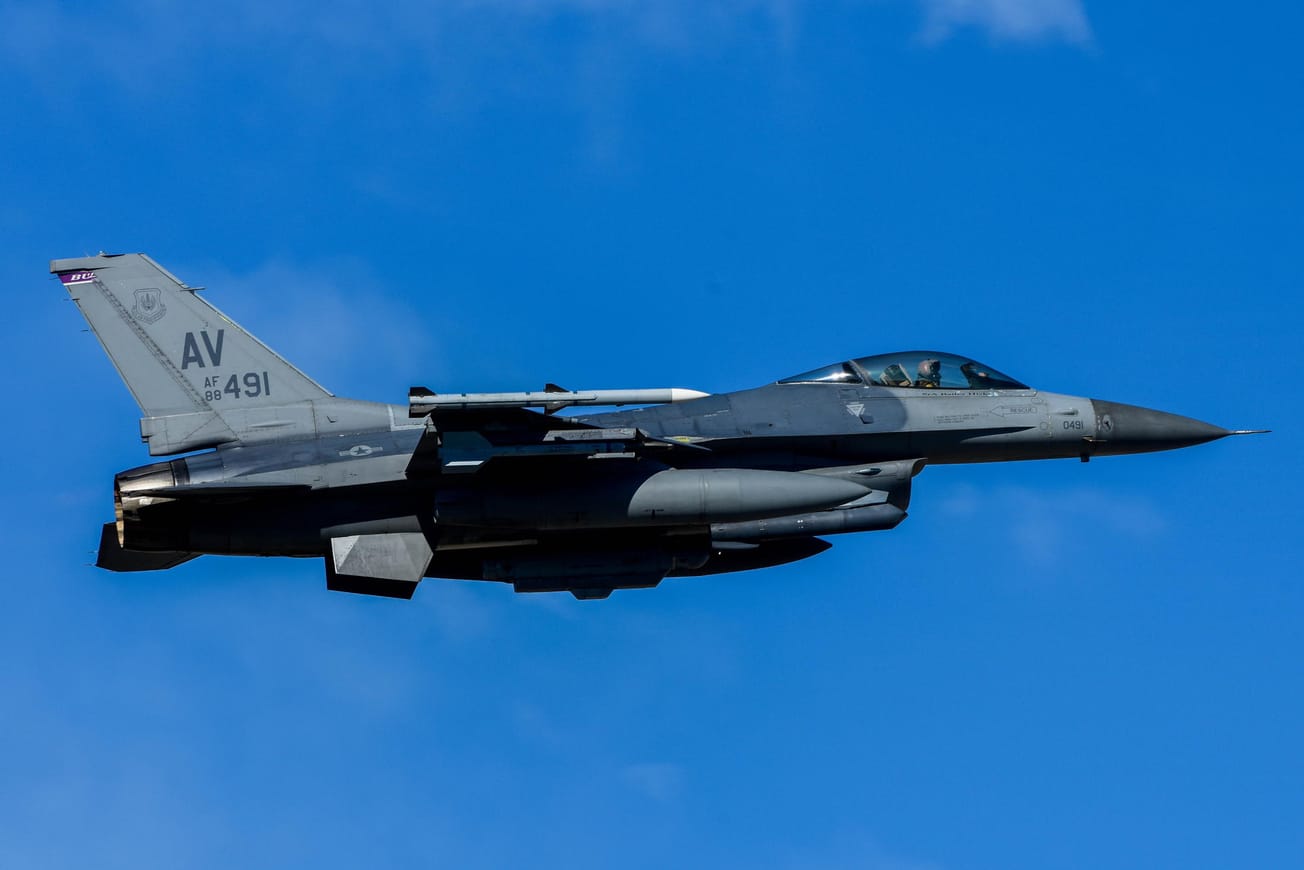China’s Tianzhou-7 transport vehicle arrived on Jan. 17 at the Tiangong-2 space station with the experiments that could help determine the issue of extraterrestrial life, the China Exo-Ecosystem Space Experiment (CHEESE). While the hypothesis of the universality of life, raised by Vladimir Vernadsky and others, has been given some confirmation by findings in the extraterrestrial environment, we are still awaiting to find definitive signs. The appearance of methane in the atmosphere of Mars, a chemical which generally results from living organisms, which was discovered by the NASA rover Curiosity, has given some support to the thesis. But the question remains, could this methane have arisen from geological changes rather than having a biogeochemical origin?
By bringing the oldest methane-producing microorganisms to the space station to be tested under conditions similar to Mars, researchers can observe if they thrive under microgravity, cosmic radiation and the extreme temperatures found on Mars. This would strengthen the argument that such microorganisms could also be found elsewhere in the universe. The archaea delivered to the space station are one of Earth’s oldest life forms. They consume carbon dioxide and hydrogen and give off methane. There are three parts to this experiment, one, on the ground, the second, on the space station, and the third, outside the space station. Preliminary experiments have already been carried out on the ground. Three different strains of methanogens have been brought to the space station.





